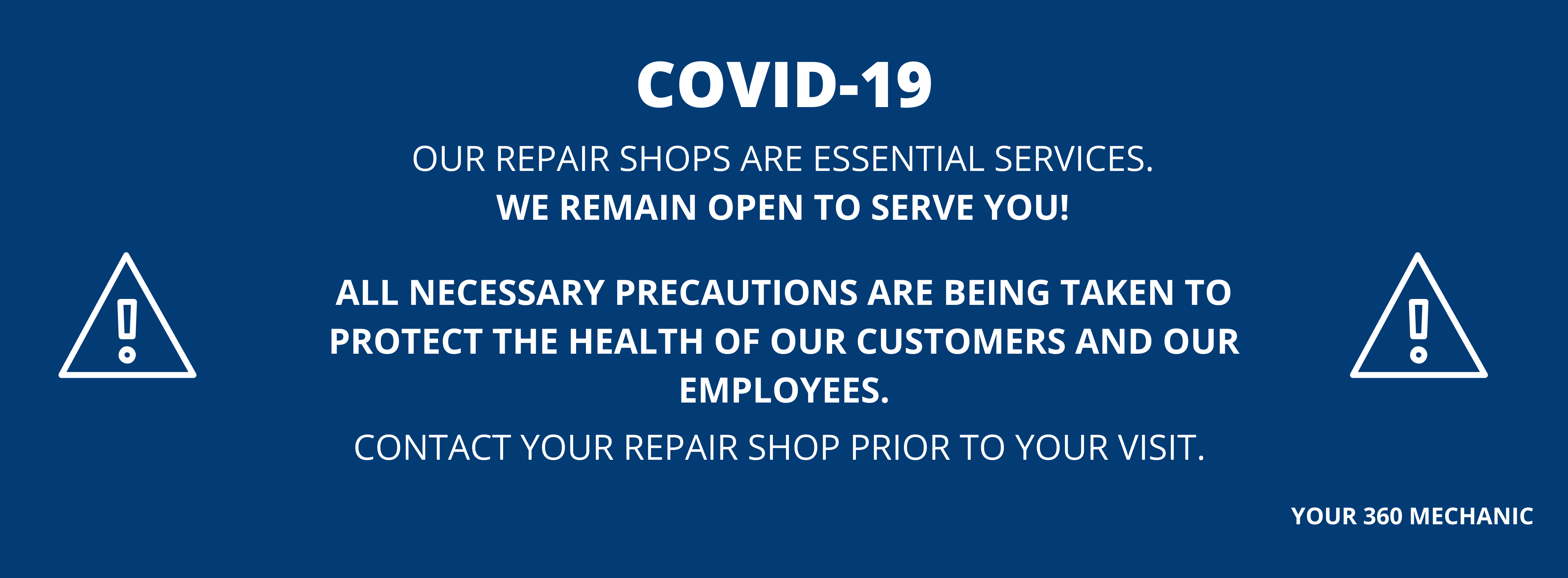Make sure that your vehicle is ready for the winter season!
Cold weather is upon us, and its conditions are often the cause of vehicle breakdowns. As a responsible driver, you must prepare your vehicle for the most extreme conditions, so that you can drive safely.
STEP 1: INSTALLING WINTER TIRES
December 15 has passed. All Quebec drivers are now obligated to have winter tires on their vehicles.
Winter tires are designed to improve performance and traction on cold roads and to provide more effective braking by automatically removing snow deposits while in motion.
Ideally, even if you do not live in Quebec and reside in another province, you should opt for winter tires rather than all-season tires.
Get in the habit of regularly checking the pressure of your tires. It is estimated that for a temperature drop of 5 ° C, a tire pressure can be reduced by 0.1 bar.
Underinflated tires greatly increase the risk of accidents on ice.
STEP 2: CHOOSE THE RIGHT WINDSHIELD WIPERS
In winter, reduced visibility and hazardous road conditions can occur when least expected. It is therefore essential to have wiper blades in good condition.
In the long run, rubber blades tend to spoil, crack, or fall out of their casings.
Wiper blades should be replaced every 6 to 12 months, before they damage your windshield.
Specially designed winter windshield wipers are available, and are far more resistant to frost and cold. This small investment could greatly improve your visibility during the winter season.
Do not forget to refill the washer fluid tank with a liquid that can withstand temperatures of -40 ° C.
STEP 3: WASH AND WAX YOUR VEHICLE
Before temperatures fall below -10 ° C, you should apply a layer of wax over your entire bodywork to protect it from snow, dirt and salt. Snow and frost will stick less to the vehicle’s paint and will be easier to remove.
Do not forget to wash your car before waxing!
Moreover, regular washing, even during winter, is a good practice.
STEP 4: CHECK THE BATTERY REGULARLY
The battery is one of the most fragile elements of a car in winter. Indeed, it tends to lose its charge much faster than in summer, and starting your engine demands far more current in cold weather.
Determine the age of your battery. Generally, the life expectancy of a battery is between 3 and 5 years.
Even if your battery is new, make sure its terminals and cables are free of corrosion and are secure.
Using a voltmeter, you can check the charge of your battery yourself. At rest, a battery should contain a 12.6 volt charge. When the engine is running, it should vary between 13.7 and 14.7 volts.
If the numbers you see on your battery are lower, it is time to replace it!
To be sure, you can always request verification from one of our Auto Value experts.
Another tip: always keep booster cables in your trunk.
STEP 5: MONITOR VEHICLE LIQUIDS
Extreme cold is hard on your car, especially when starting the engine.
In order to minimize wear and tear on your engine, it is essential to choose the proper motor oil.
Motor oil tends to thicken in the cold. This should be accounted for when choosing the correct viscosity.
To help you choose, consult your car manufacturer’s user manual or ask your Auto Value expert.
Note that oil changes must also be performed at regular intervals.
Be sure to keep your fuel tank level at a minimum of half full at all times.
Otherwise, moisture can accumulate on the walls of the tank, forming ice crystals that fall into the fuel and can clog filters and hoses.
An added benefit: never running out of fuel, which is consumed much more during winter!
STEP 6: HAVE YOUR VEHICLE INSPECTED
A seasonal inspection of your vehicle could spare you serious problems and costly repairs.
Make an appointment with the Auto Value expert closest to you and have the condition of the mechanical components of your vehicle checked.
Depending on the age of your car, its specifications and the manufacturer’s guide, our technicians will have to check: spark plugs, fluid levels, brakes, battery, thermostat, suspension, steering, etc.
Be careful on the roads, and happy holidays!
Sources:
http://www.journaldemontreal.com/2016/11/11/voici-comment-bien-preparer-sa-voiture-pour-lhiver
http://www.autoexpert.ca/fr-ca/entretien-reparation-auto/preparer-son-auto-pour-hiver
http://fr.wikihow.com/pr%C3%A9parer-votre-voiture-pour-l’hiver
https://www.protegez-vous.ca/Nouvelles/Automobile/preparer-sa-voiture-pour-lhiver
http://quebec.huffingtonpost.ca/2012/11/22/preparer-auto-hiver_n_2044371.html
